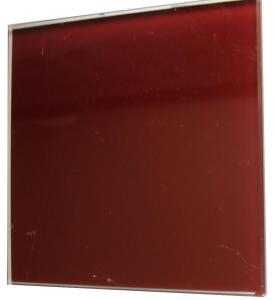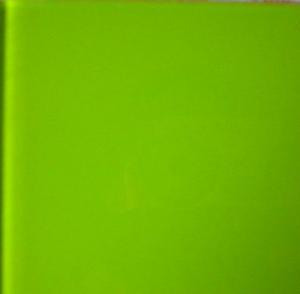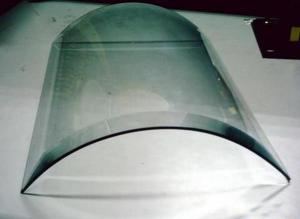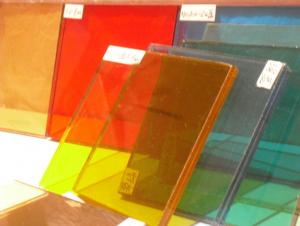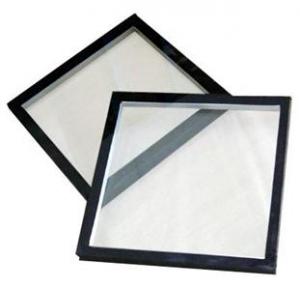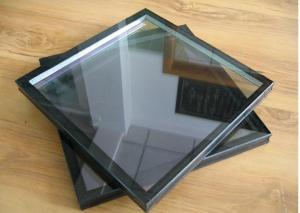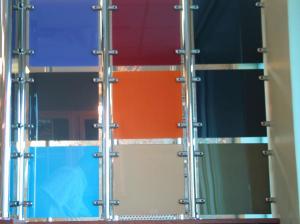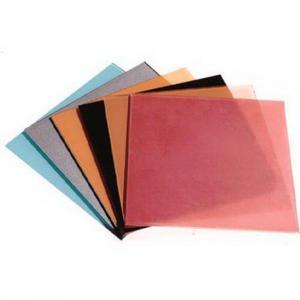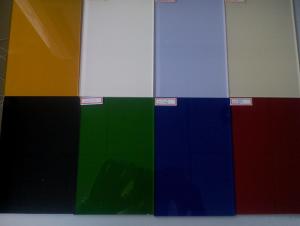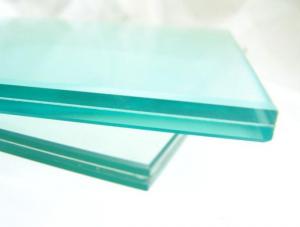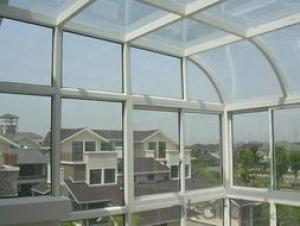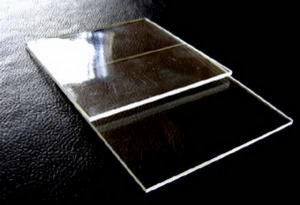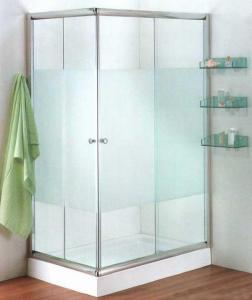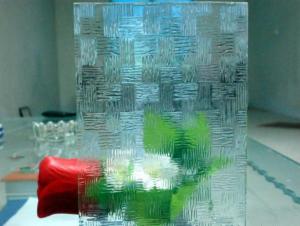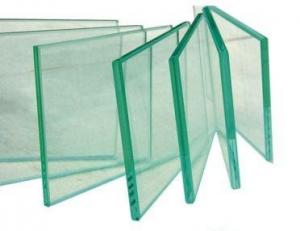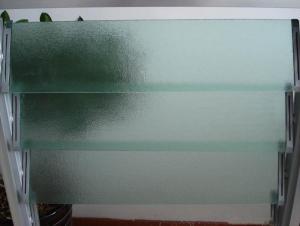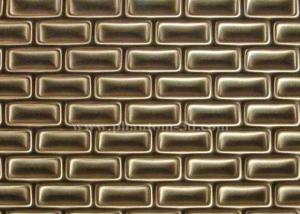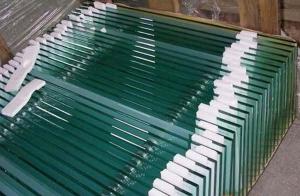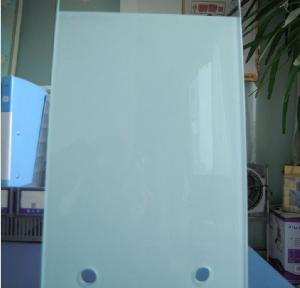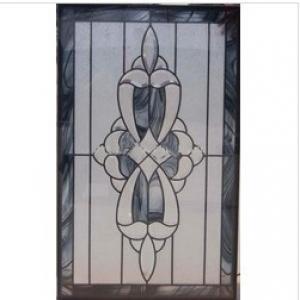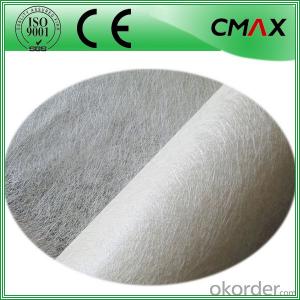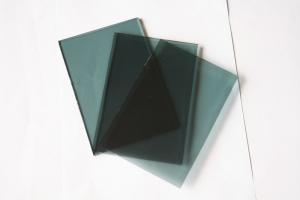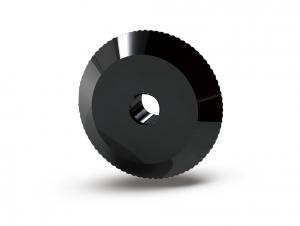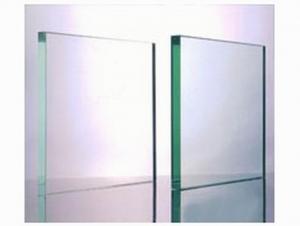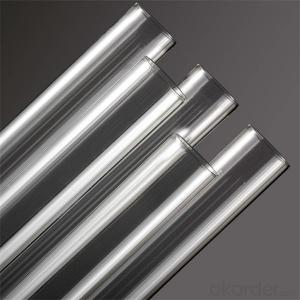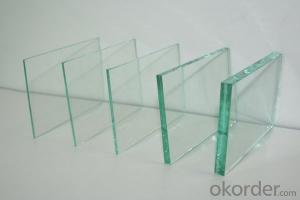Emulsion And Chopped Glass
Emulsion And Chopped Glass Related Searches
Chopped Fiberglass Chopped Glass Fiber Chopped Strand Fibreglass Thermal Conductivity Glass Glass Reinforced Epoxy Construction Glass Liners And Covers Ceramic Microfiltration Plastic Shapes Glass Grinding Equipment Multi Plastics Extrusion Woven Fibreglass Frosted Plexiglass Forming Polymers Dismantling Piece Electronic Encapsulation Epoxy Resin And Fiberglass Cloth Lead Based Paint Encapsulation Aluminium Extrusion Fiberglass Thermal Insulation Milled Glass Fiber Aluminum Extrusion Framing Glass Fiber Filler Computer Reading Glasses Extruded Plastic Profiles Ceramic Sheet Insulation Excess Electronic Components Fiberglass Woven Cleaning Substances Cold LaminationEmulsion And Chopped Glass Supplier & Manufacturer from China
Emulsion and Chopped Glass are two distinct products that are widely used in various industries. Emulsion, often used in the construction and manufacturing sectors, is a mixture of two immiscible liquids, typically oil and water, that provides a stable blend for various applications. Chopped glass, on the other hand, is a type of glass fiber that has been cut into short lengths, commonly used as a reinforcing material in composites and insulation products.These products, Emulsion and Chopped Glass, find their applications in a variety of scenarios, such as in the production of paints, coatings, and adhesives, as well as in the reinforcement of plastics and concrete. Their versatility makes them essential components in a range of industries, from automotive to aerospace, and from construction to electronics.
Okorder.com is a reputable wholesale supplier that offers a comprehensive inventory of Emulsion and Chopped Glass products. With a commitment to quality and customer satisfaction, the platform ensures that businesses have access to a reliable source for these essential materials, supporting their production processes and enabling them to meet the demands of their respective markets.
Hot Products

